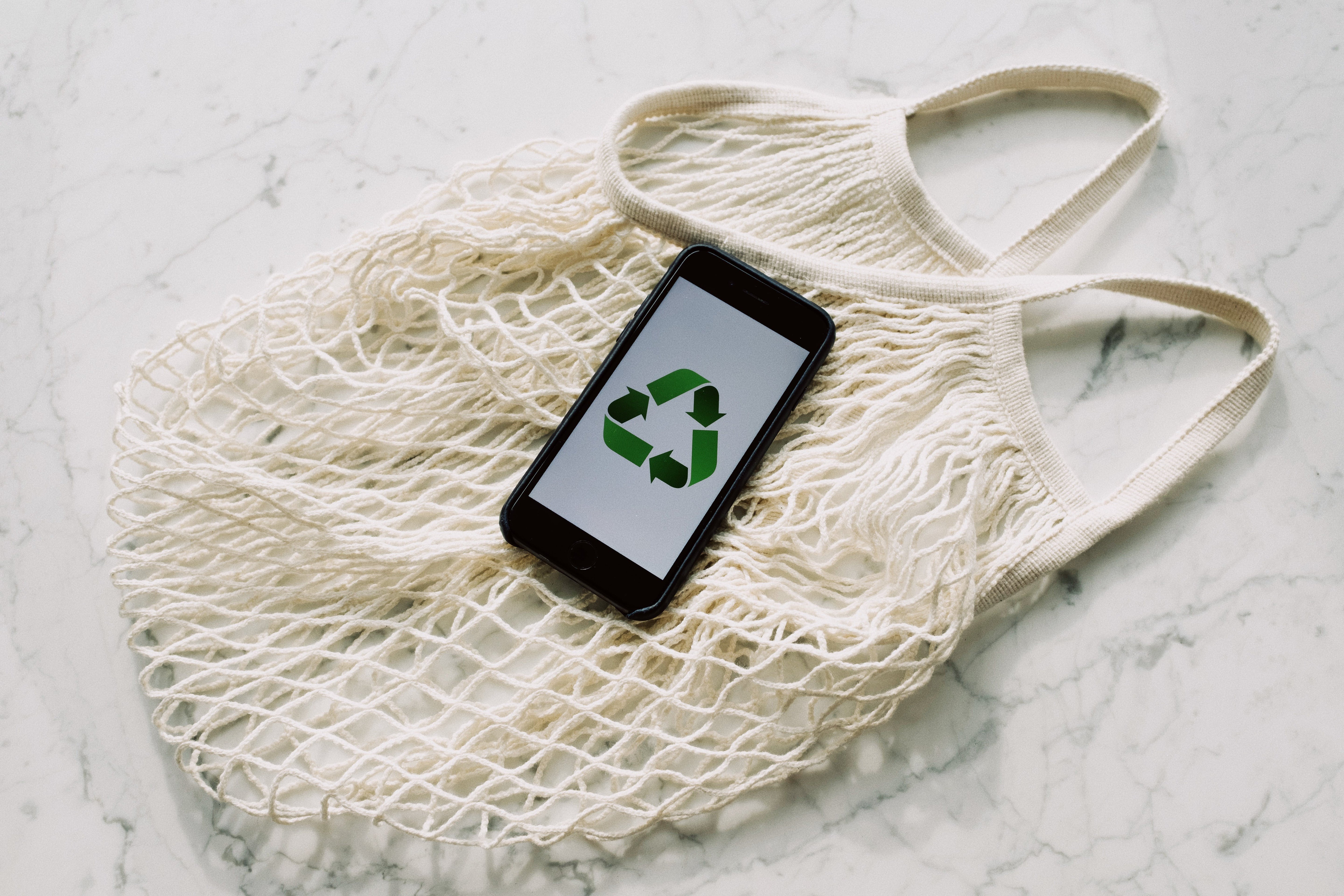Earth Day’s Hidden History: From Protest to Product

By Sienna Vale
Earth and Sustainability Contributor
Every April 22, Earth Day returns, often wrapped in soft colors and friendly slogans. It brings corporate pledges, environmental discounts, and a flood of eco-themed social media posts. For many, it feels like a global celebration of the planet. But few realize that Earth Day did not begin this way. It was never meant to be cute or commercial.
The first Earth Day in 1970 was a bold uprising. More than 20 million Americans poured into streets, campuses, and city centers. They demanded clean air, clean water, and an end to corporate pollution. The movement forced real political change, including the creation of the Environmental Protection Agency and the passage of landmark environmental laws.
But as momentum grew, something began to shift. Earth Day was not just celebrated. It was slowly repackaged. What started as a protest became a product.

Today, some of the very industries responsible for environmental destruction now sponsor Earth Day events. Oil companies post energy tips on social media. Fast fashion brands run Earth Day sales while their supply chains pollute rivers across the Global South. Beverage giants talk about recycling as they continue to produce billions of plastic bottles that never get recycled at all.
This transformation is not accidental. It is part of a larger trend known as greenwashing. It allows companies to appear environmentally responsible without changing the practices that harm the planet.
Even the environmental movement itself has been gentrified. Once rooted in the struggles of Indigenous communities, students, and people of color, the movement is now often presented through a polished lens. Marginalized voices have been pushed out of view. Mainstream Earth Day campaigns rarely include the people who live near landfills, pipelines, or poisoned water.
There are darker truths as well. One early public speaker associated with Earth Day events, though never an official founder, would later be convicted of a violent crime that stunned the public. His story is rarely mentioned in mainstream narratives about Earth Day. Though not representative of the movement’s goals, his presence serves as a reminder that when movements grow quickly, they can attract both allies and opportunists.
Over time, environmental activists also became targets. In the United States, government surveillance programs like COINTELPRO monitored and disrupted environmental and civil rights groups. Around the world today, land and water defenders continue to be arrested, attacked, and even killed. Many are Indigenous leaders fighting for ancestral land. Their sacrifices are often invisible during polished Earth Day events.
Despite these challenges, there is a growing effort to reclaim the spirit of Earth Day. This effort is not about slogans or sales. It is about truth. It is about refusing to let a radical movement be softened for profit. It is about making space again for the voices that built it, the communities that still live with the consequences of environmental harm, and the policies that actually drive change.
Earth Day was never supposed to be a brand. It was meant to be a wake-up call. Not a holiday, but a warning.
If we truly want to honor the Earth, we must return to the honesty and urgency that shaped the first Earth Day. Not with products, but with purpose. Not with marketing, but with movement.
Earth Day should make us uncomfortable. It should remind us who is still being left behind. And it should remind us that the planet does not need another campaign. It needs a commitment.
Sponsored by Bambu & Jutes
Looking for ethical, holistic products that align with your values? Explore our plant-based collection at Bambu & Jutes













